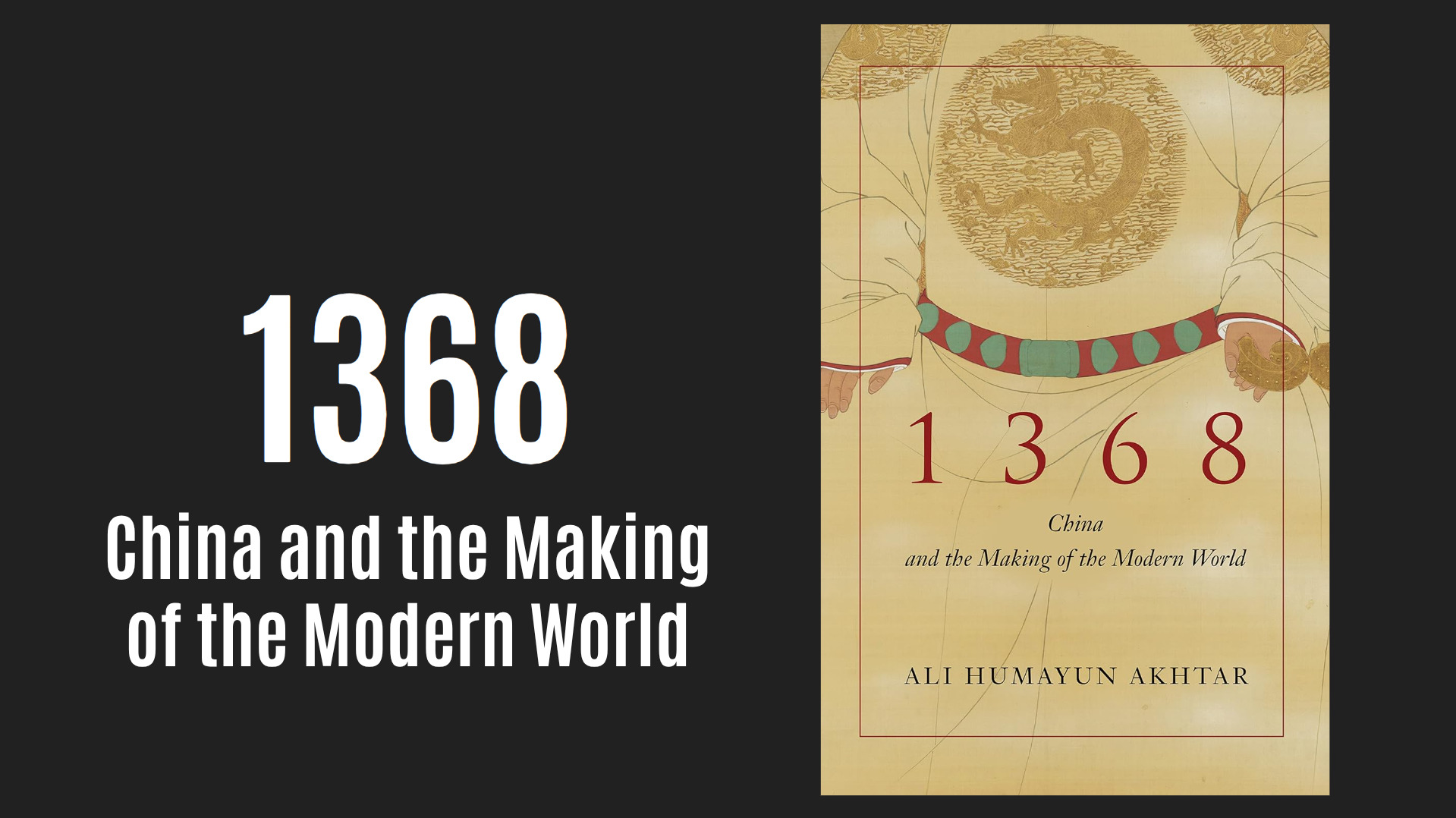
"When did China lose its innovative edge to powers like the United Kingdom and the United States? What is China's future in the global manufacturing landscape that it now dominates? As China expands its economic place in the world, will the West pursue a new path to high-tech industrialization, or alternatively will it continue on the road of globalization and labor outsourcing adopted in the 1970s?"
"Navigating these questions requires an understanding of how the twentieth-century world of globalization came into being. It requires understanding how western Europe first came to dominate an Asian economic landscape once oriented around China, Japan, and Southeast Asia. This book tells the story of China's first modern global age, placing special emphasis on encounters between Beijing and the West since the Age of Exploration."
"From the start of the Great Ming dynasty in 1368 to the end of the Qing in 1912, the making of modern China is also the story of the making of the modern world. In its origins, it is the story of how western European shipping came to bypass the once dominant Italian and Middle Eastern markets of the medieval world."
The Ming dynasty beginning in 1368 launched a period of growth, exploration, and global engagement that positioned China at the center of East Asian trade. Western European maritime expansion bypassed Mediterranean and Middle Eastern markets, reshaping global trade networks and eventually eroding China’s centrality. Between 1368 and 1912 China's first modern global age unfolded through encounters between Beijing and Western powers, culminating in military defeats and unequal relations by the Opium Wars. Western industrialization and globalization shifted manufacturing and technological leadership to powers like the United Kingdom and the United States, producing a long decline in Chinese global dominance.
Read at Medievalists.net
Unable to calculate read time
Collection
[
|
...
]